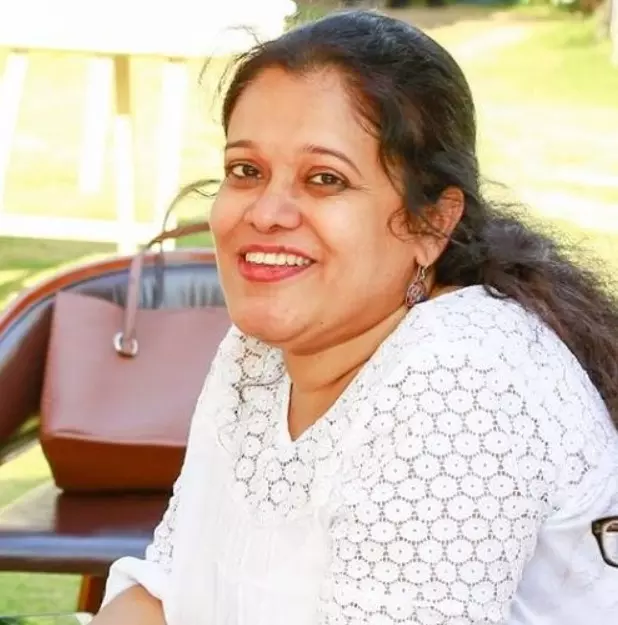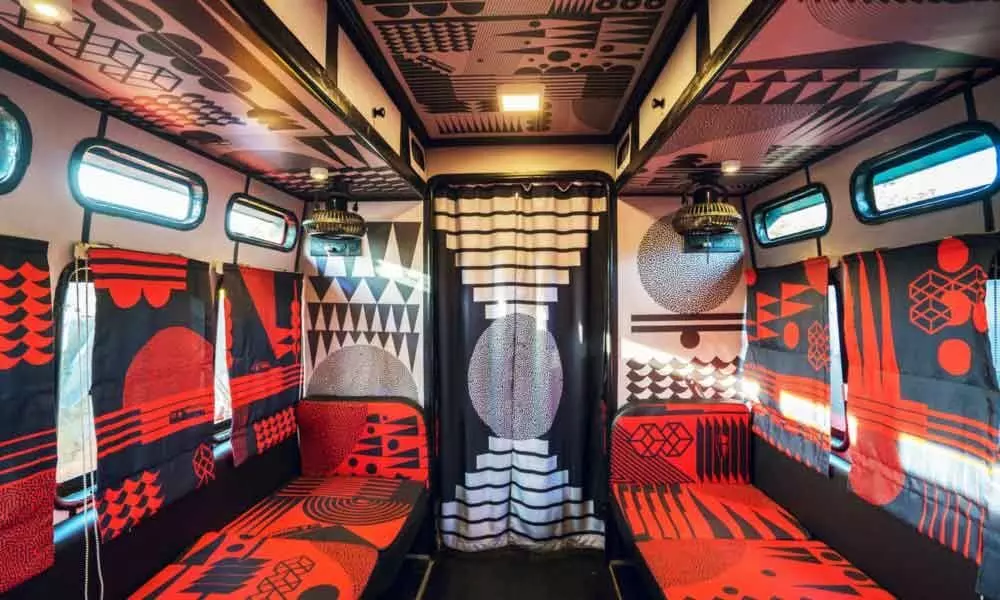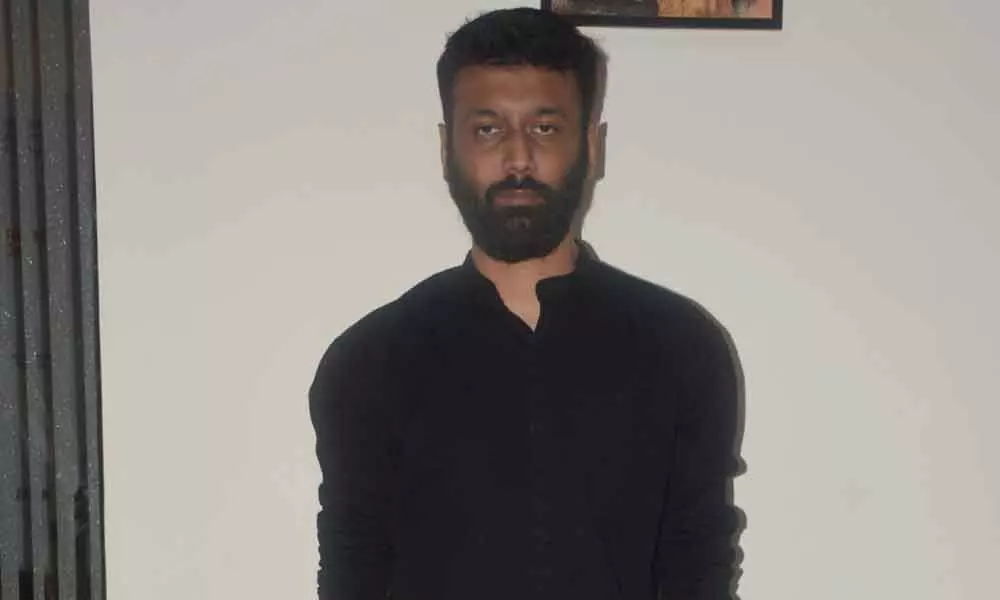Live
- IAEA chief visits Iran's nuclear facilities
- Ambika Foundation distributes medicines to elderly
- AI can boost early diagnosis of liver disease: Study
- Varun's appointment as AHUDA chief infused new vigour in JSP cadres
- Lokayukta, HRC will remain in Kurnool: Minister Bharath
- S Korea, US, Japan unveil secretariat establishment, slam N Korea-Russia on Ukraine war expansion
- Light to Moderate Rains Expected in Telangana and Andhra Pradesh
- Pilgrims throng Sabarimala temple on opening day of long festive season
- Jwala Thoranam held at Srisailam temple
- Birsa Munda Jayanti celebrated
Just In
India is the inspiration: Artist Shiva Nallaperumal

The promising young graphic and typography artist Shiva Nallaperumal co-founded the design studio 'November' and has been a passionate advocate of Indianness in design, embracing our plural identity. In 2015, he became the youngest recipient of the SOTA (The Society of Typographic Aficionados) Catalyst Award for the four typefaces that he designed while at the Maryland Institute College of Art (MICA), USA.
He presented his philosophy of design during the Hyderabad Design Week, where he said, "We are surrounded by the chaos of the Indian visual language. It's fantastic and there is an identity to it."
Shiva goes on to say that he does not believe in the Class associated with design. "This is a good design and so it's expensive; this is bad design and so it's on the streets – is a perception. You see on walls how posters are repeated; it's like scrolling on Twitter. I like the aesthetic quality of it. I, presenting these visual interpretations of design at a design conference is a strategic move. Designers here will see that Indian identity deserves a celebration that any design gets."
'November Studio' is into plural practice and takes up creative projects that help in branding. Sometimes, they create their own projects. Shiva has created custom-made typefaces for clients and has designed graphics and creatives for branding. He has also developed a typeface that people can pay for and use. And each time he prefers to get back to Indian images for inspiration.
Excerpts from an interview
What do you think of the state of typography in India?
It's really a good time to work on type design in India because technology is now allowing us to design our scripts in a way they are supposed to be made. For example, Telugu is one of the most complex scripts in India. It has a three-level below base system. Before now it was very difficult to make a font that will allow the way Telugu is supposed to work. There used to be service providers that would give software packages with encoded forms within them. Now we have technology that has improved. People can make typefaces sitting at home. That has given way to a big talent pool. With Silicon Valley coming to India, many companies would like to communicate with us in our language. A lot of institutions are waking up to the fact that slowly our languages are eroding. With more fonts, more books can be published, and languages can be saved. There are many opportunities. There can be no better time for typography in India.
What was the reason for choosing to become a graphic artist and how has Indian visual language inspired you?
I joined design school to become a comic book artist, but slowly my interest changed, and I moved towards graphic design and branding. Typography came naturally and the natural curiosity that we use these tools, but who makes them drove me to design a typeface. This allows us more control over the design process.
We look at things with a Westernised lens. We are taught 'Apple' is clean and minimal and hence it's good design. It's good because the design matches the brand's ethos. The design has to be conceptual. In India, the sign painters and those who do movie posters also paint from their hearts. By not acknowledging them, we did a great disservice that is not good.
What are the major challenges?
Clients need to build imagination. Design education must happen not just in design schools, but also in management and other schools. It is not about teaching design but sensitising them. Clients come from management schools, and they are the ones who commission the design. They are good at their work, but they must also understand the creative process. Design students must also learn a bit of management. The main challenge we face in India today is the lack of communication between different disciplines.
What is the most important guideline that today's young designers should learn?
There is a dangerous proliferation of Insta and Pinterest, which gives youngsters much exposure, which we didn't have. However, just casual exposure without theoretical backing is not done. They must also read. Students need to get on to theory in addition to visual exposure.

© 2024 Hyderabad Media House Limited/The Hans India. All rights reserved. Powered by hocalwire.com








